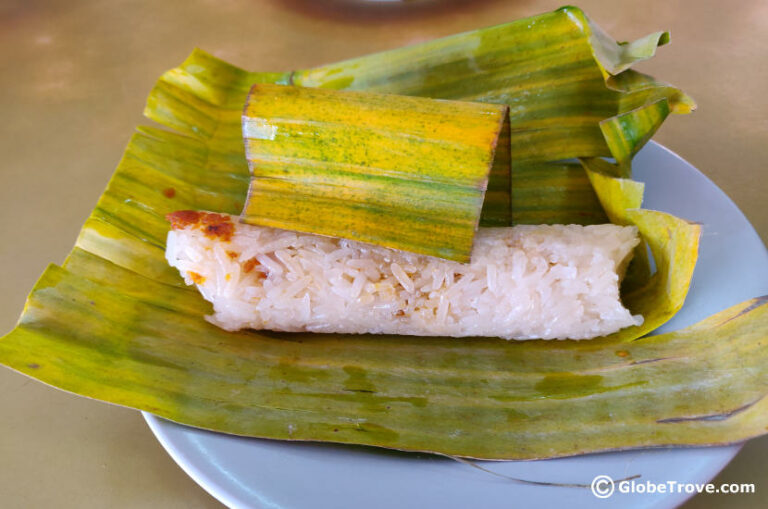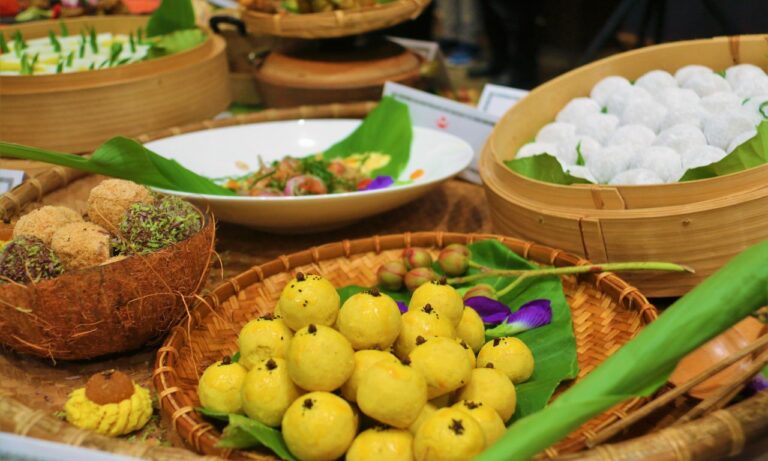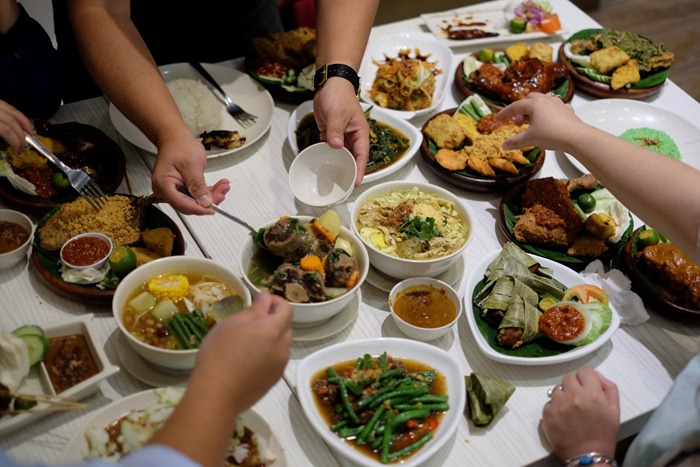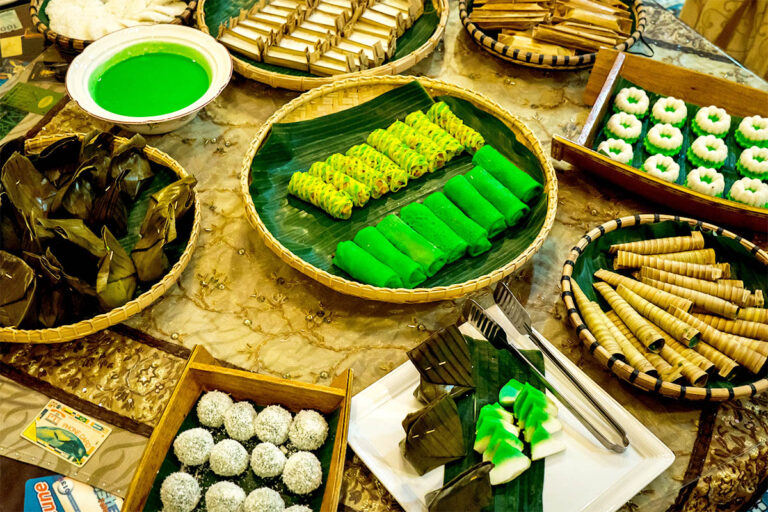Introduction to Bruneian Cuisine
Brunei, a small country in Southeast Asia, may not be as widely known for its cuisine as its larger neighbors such as Malaysia and Indonesia. However, Brunei’s food culture offers a unique blend of Malay, Chinese, and Indian influences, making it a must-try for food enthusiasts. Bruneian cuisine is characterized by its use of fresh ingredients, bold flavors, and unique cooking techniques.
The Influence of Neighboring Countries on Bruneian Food
Brunei’s cuisine is heavily influenced by its neighboring countries, particularly Malaysia and Indonesia. The country’s location on the northern coast of Borneo has historically made it a hub for trade, connecting it to various cultures and culinary traditions. Malaysian dishes such as laksa and nasi lemak are commonly found in Brunei, while Indonesian cooking techniques like grilling and stir-frying are also prevalent. The country’s exposure to Indian cuisine has also led to the incorporation of spices like cumin and coriander in Bruneian dishes.
Traditional Bruneian Dishes: Glutinous Rice and Ambuyat
Two of the most popular traditional dishes in Brunei are glutinous rice and ambuyat. Glutinous rice, also known as pulut, is a sticky rice dish that is typically served with curries or as a dessert. Ambuyat, on the other hand, is a starchy dish made from the sago palm tree that is often eaten with a variety of side dishes. Both dishes are staples in Bruneian cuisine and are often shared amongst family and friends.
Fresh and Flavorful Ingredients in Bruneian Cooking
Bruneian cuisine is known for its use of fresh and flavorful ingredients. The country’s tropical climate provides an abundance of fruits and vegetables, including bananas, pineapples, and coconut. Seafood such as prawns, fish, and shellfish are also commonly used in Bruneian cooking. Additionally, herbs like lemongrass, pandan, and turmeric add a unique flavor and aroma to many traditional dishes.
Spices and Herbs Used in Bruneian Cuisine
Spices and herbs play a significant role in Bruneian cuisine. Apart from the commonly used herbs like lemongrass and pandan, Bruneian dishes often incorporate spices like cloves, cinnamon, and nutmeg. These spices add warmth and depth to the dishes, making them more flavorful and aromatic. The use of spices also reflects the country’s history as a hub for trade with neighboring countries.
Seafood: A Staple in Bruneian Cuisine
As a coastal nation, seafood is a staple in Bruneian cuisine. Fish, prawns, and shellfish are commonly used in dishes like curry and stir-fries. The country is also known for its traditional dish called ambuyat, which is often served with various seafood dishes. Brunei’s rich waters provide an abundant supply of seafood, making it a popular ingredient in many local dishes.
Desserts in Bruneian Cuisine: Sweet and Indulgent
Bruneian desserts are known for being sweet and indulgent. Popular desserts include kueh lapis, a layered cake made from coconut milk and pandan; and kuih jala, a sweet and crispy lace-like cake. The country is also famous for its durian-based desserts, which are often served with sticky rice or coconut milk. These desserts reflect the country’s love for sweets and are perfect for those with a sweet tooth.
Halal Food in Bruneian Cuisine: A Reflection of the Country’s Beliefs
Brunei is an Islamic country, and as such, all food served in the country is halal, meaning it is permissible under Islamic law. This has led to a unique food culture in Brunei, with many traditional dishes being adapted to adhere to halal standards. The country’s emphasis on halal food reflects its religious beliefs and has made Brunei a popular destination for Muslim travelers seeking halal food options.


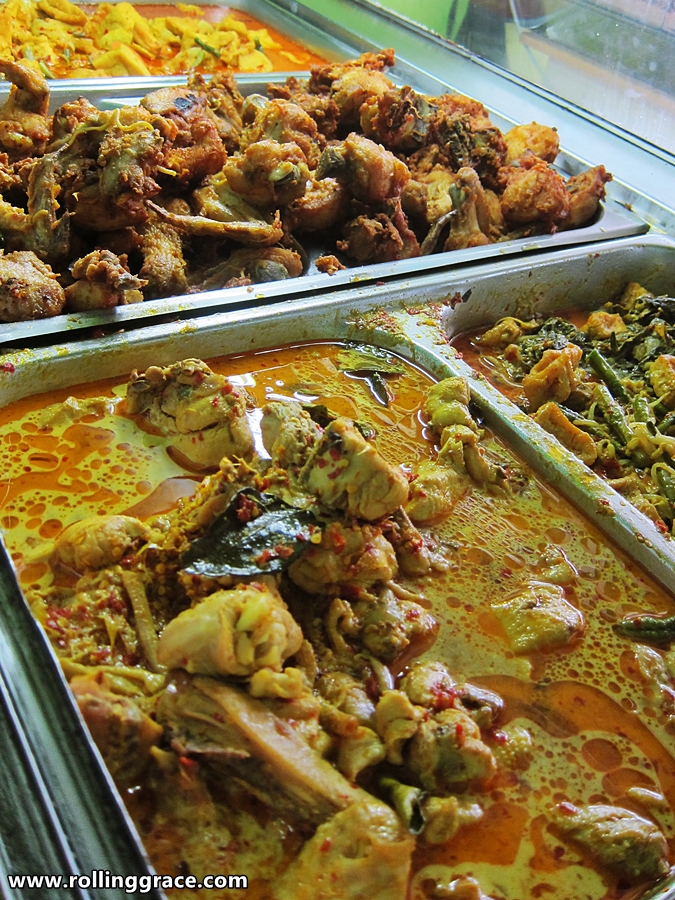


![Can you recommend some Bruneian restaurants in [city]?](https://foodnerdy.com/blog/wp-content/uploads/2023/05/Kelupis-1-600x437-1.jpg)

